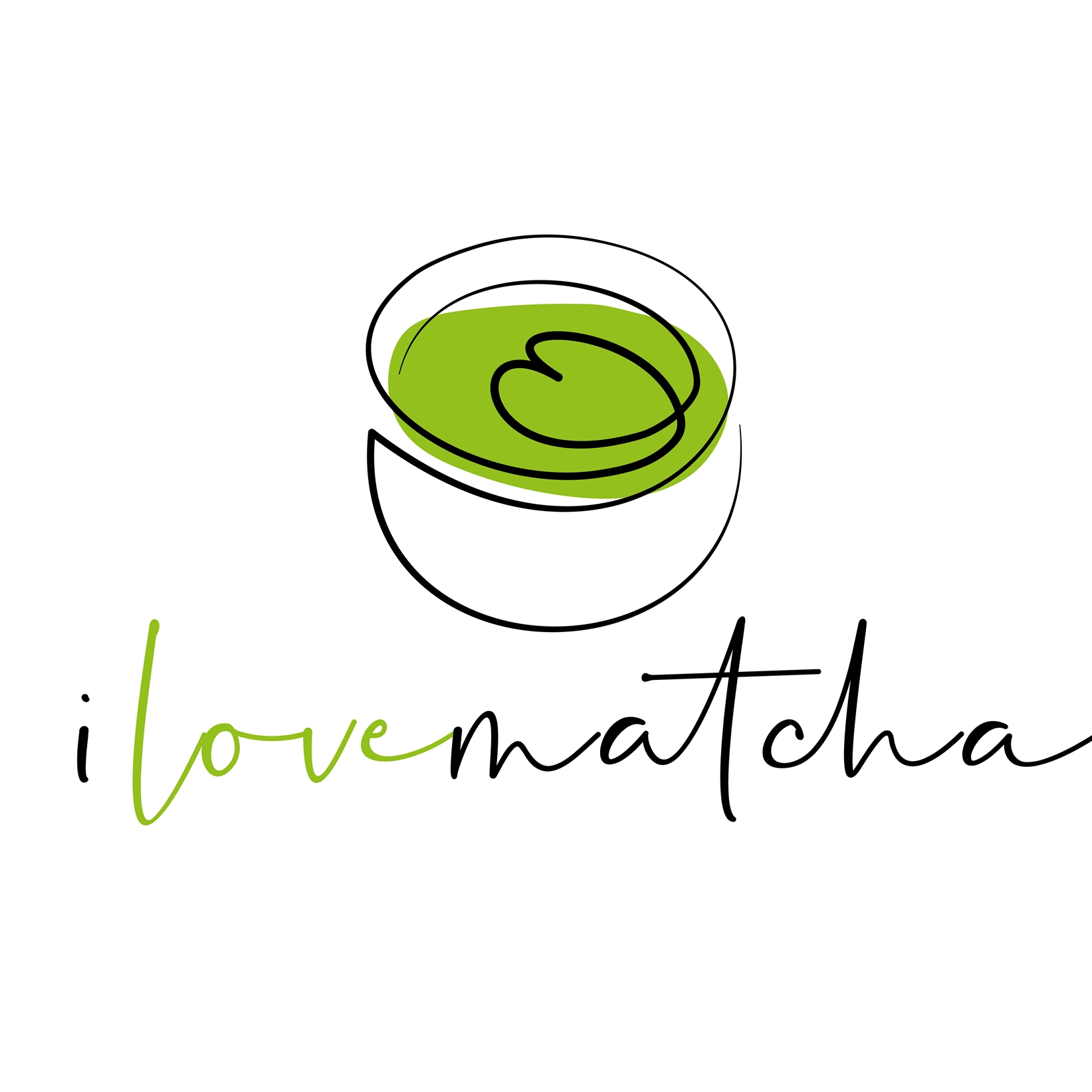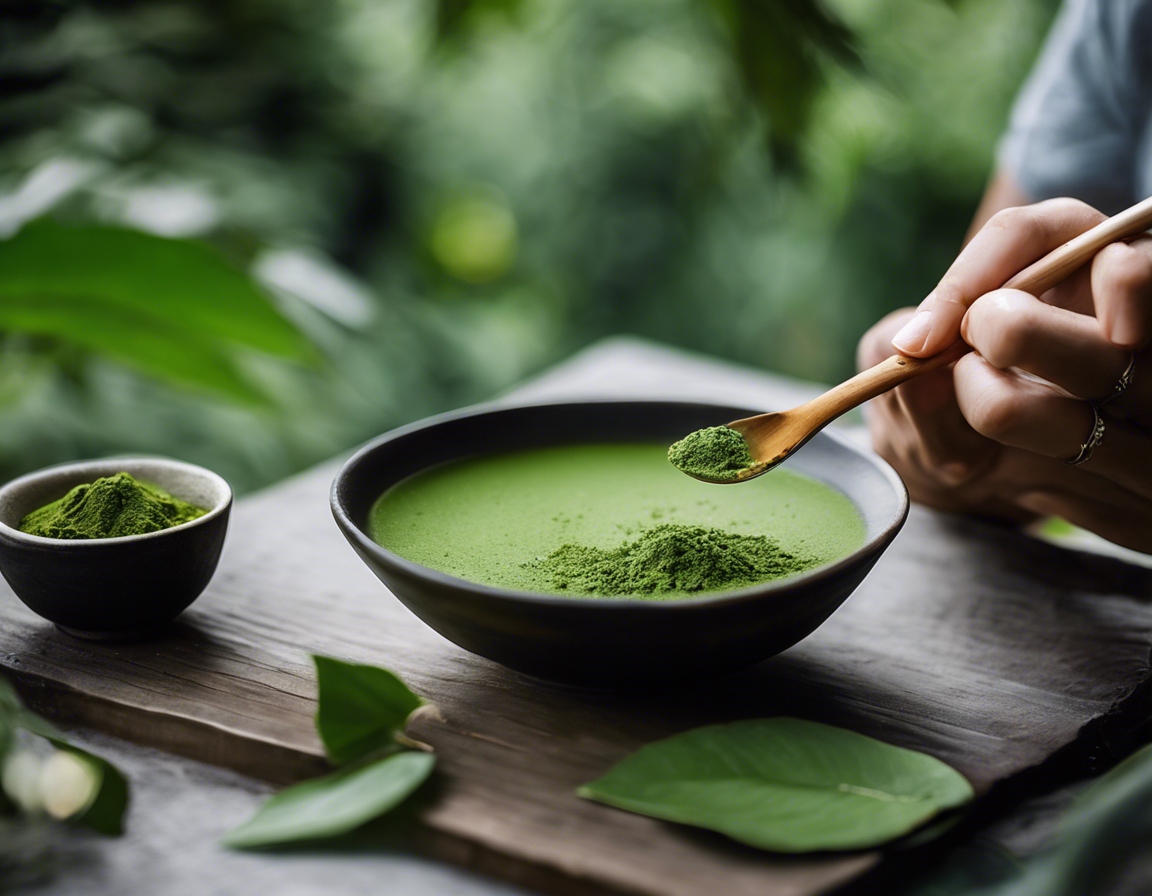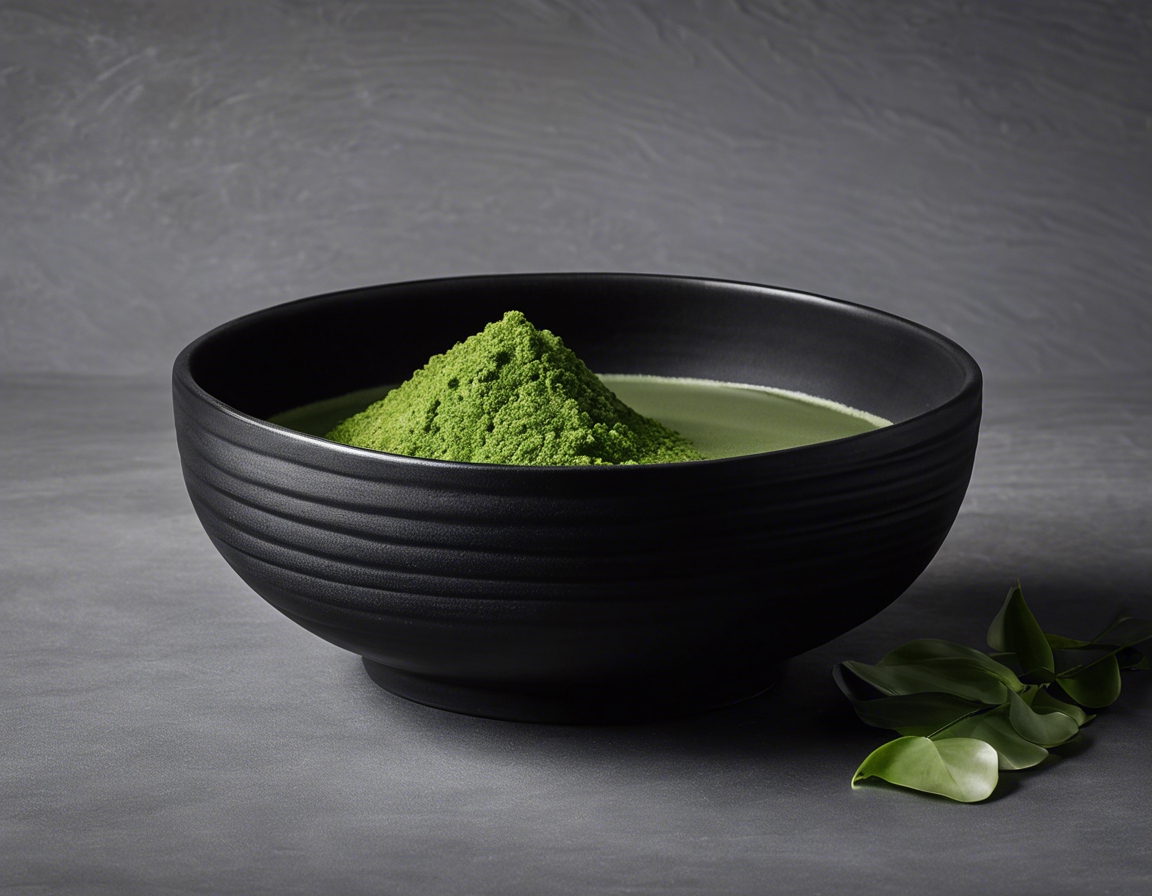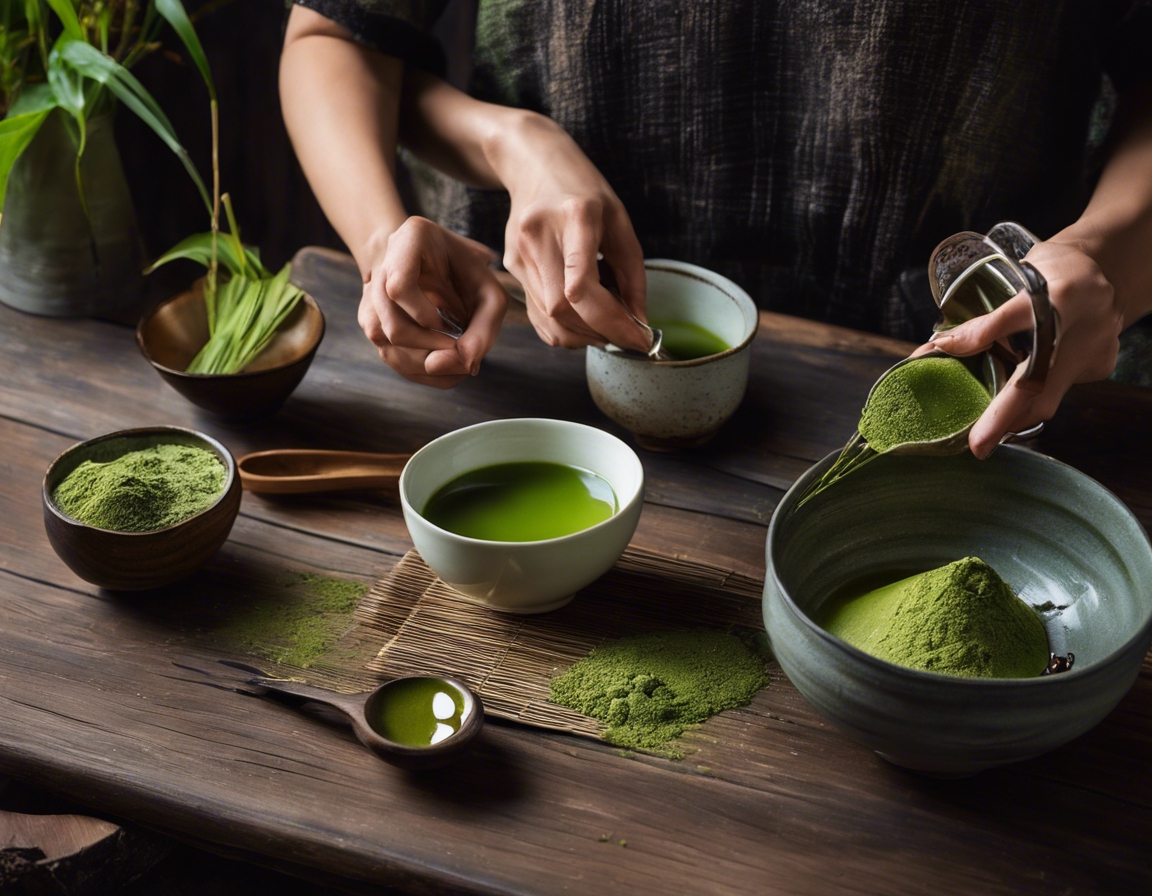The art of the japanese tea ceremony: a beginner's guide
The Japanese tea ceremony, also known as Chanoyu, Sado, or simply Ocha in Japanese, is a choreographed ritual of preparing and serving Japanese green tea, called matcha, together with traditional Japanese sweets to balance with the bitter taste of the tea. The essence of the tea ceremony goes beyond the mere act of drinking tea; it is a spiritual and philosophical experience that embodies harmony, respect, purity, and tranquility.
The tea ceremony has its origins in the 9th century when tea was first introduced to Japan from China. Over the centuries, it evolved from a pastime of the elite to a profound cultural tradition. Sen no Rikyu, a 16th-century tea master, is credited with the development of many of the principles and aesthetics that are central to the tea ceremony we know today.
The Elements of the Tea Ceremony
A chaji is a formal tea gathering that includes a full-course kaiseki meal followed by confections, thick tea, and thin tea. It can last up to four hours and is considered the epitome of Japanese tea culture.
A chakai is a relatively simple gathering that involves the serving of thin tea and perhaps some sweets, lasting about an hour. It is a more casual and accessible form of the tea ceremony.
Key Components of the Tea Ceremony
The tea room is a space designed to enhance the contemplative nature of the tea ceremony. It is typically minimalist in design, with a tatami floor, sliding doors, and a tokonoma (alcove) where scrolls or flowers are displayed.
Each utensil used in the tea ceremony, from the tea bowl (chawan) to the bamboo tea scoop (chashaku), has a specific role and is handled with utmost care. The selection and placement of these utensils are considered an art form in itself.
Wearing a kimono is traditional for both the host and guests of a tea ceremony, reflecting the formality and aesthetic considerations of the occasion.
The Tea Itself: Matcha
Matcha is a finely ground powder made from specially grown and processed green tea leaves. It is unique in its preparation and consumption, as it is whisked with water and consumed in its entirety, rather than steeped and strained.
Matcha is renowned for its health benefits, including high levels of antioxidants, the ability to boost metabolism, and aid in concentration. It is a key reason why health-conscious individuals are drawn to the tea ceremony.
Conducting the Tea Ceremony: Step by Step
Before the tea is prepared, both the host and guests engage in purification rituals, which may involve the symbolic cleansing of the hands and mouth.
The preparation of matcha during the tea ceremony is a meticulous process that involves several steps, from warming the tea bowl to whisking the tea. The host's movements are precise and deliberate, reflecting years of practice and dedication.
There are many rules of etiquette to follow during a tea ceremony, from the way guests enter the tea room to the manner in which they receive and drink their tea. These gestures are an integral part of the ceremony's choreography.
Learning and Participating in a Tea Ceremony
For those interested in learning the art of the tea ceremony, there are schools and workshops available around the world, as well as in Japan. These institutions teach not only the practical aspects but also the philosophy behind the tradition.
Traveling to Japan offers the unique opportunity to experience a tea ceremony first-hand, often in historic tea houses or temples where the atmosphere adds to the authenticity of the experience.
With the right tools and some basic knowledge, it is possible to practice the tea ceremony at home. This can be a meditative and enjoyable way to appreciate the nuances of Japanese culture and the taste of matcha.






Comments (0)